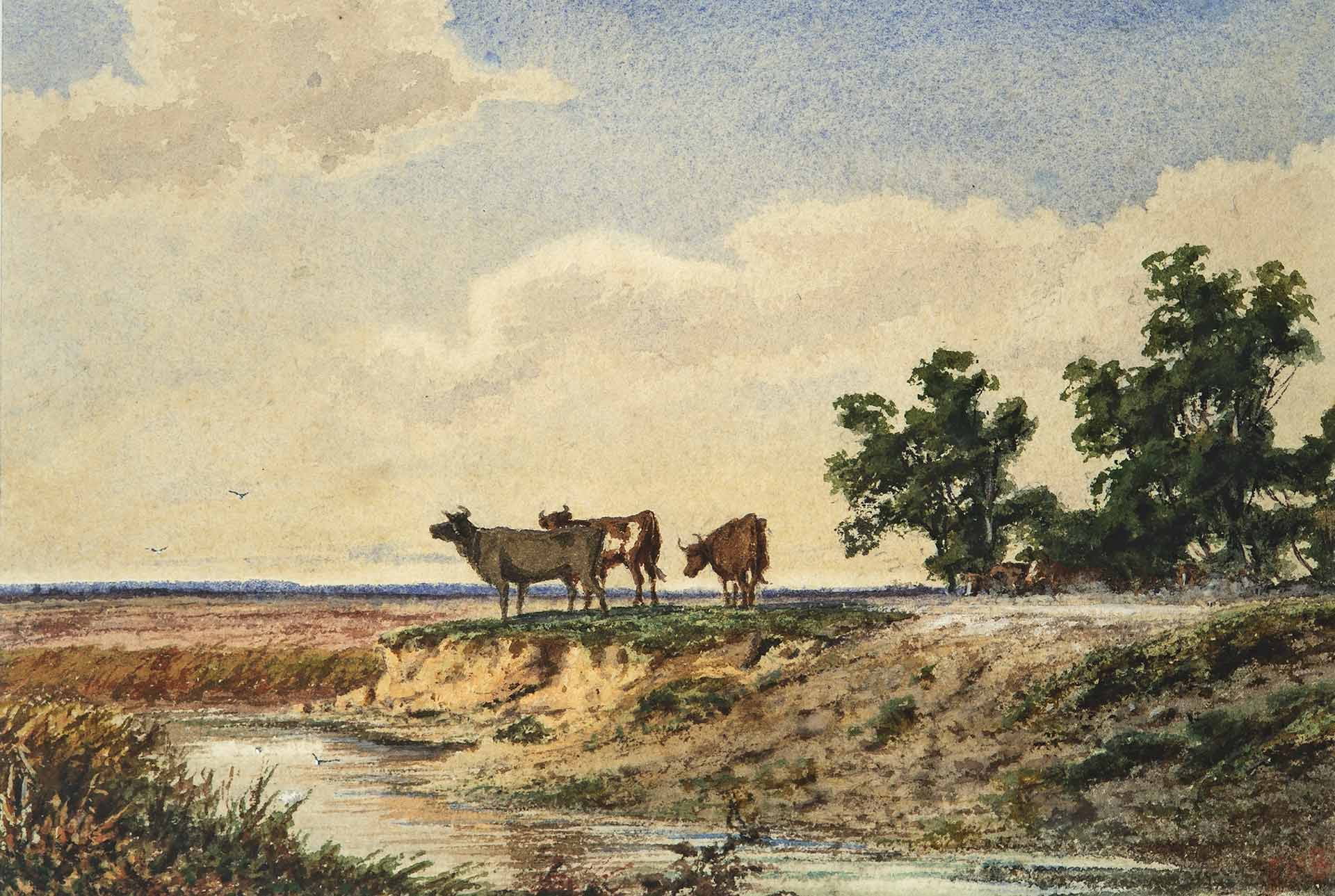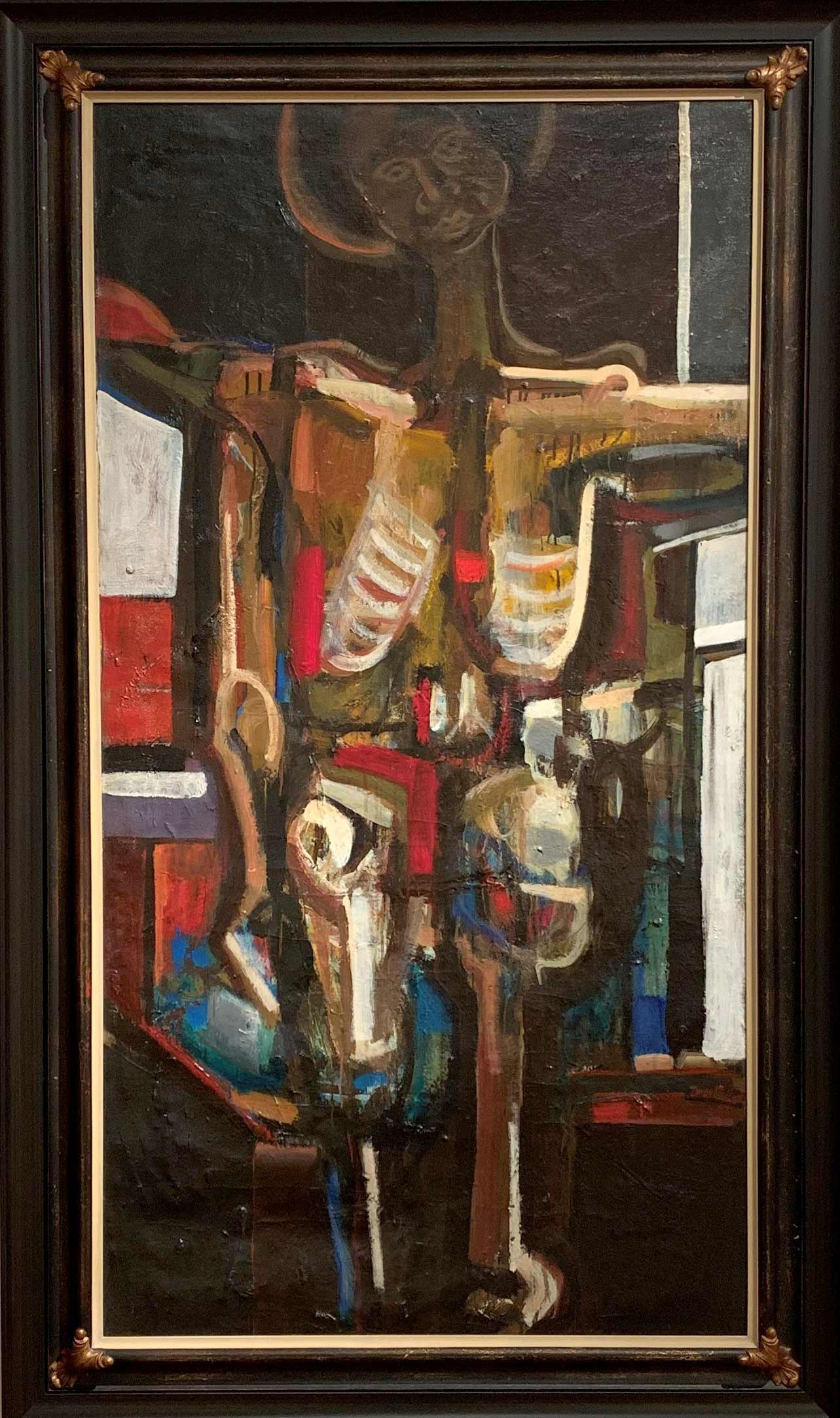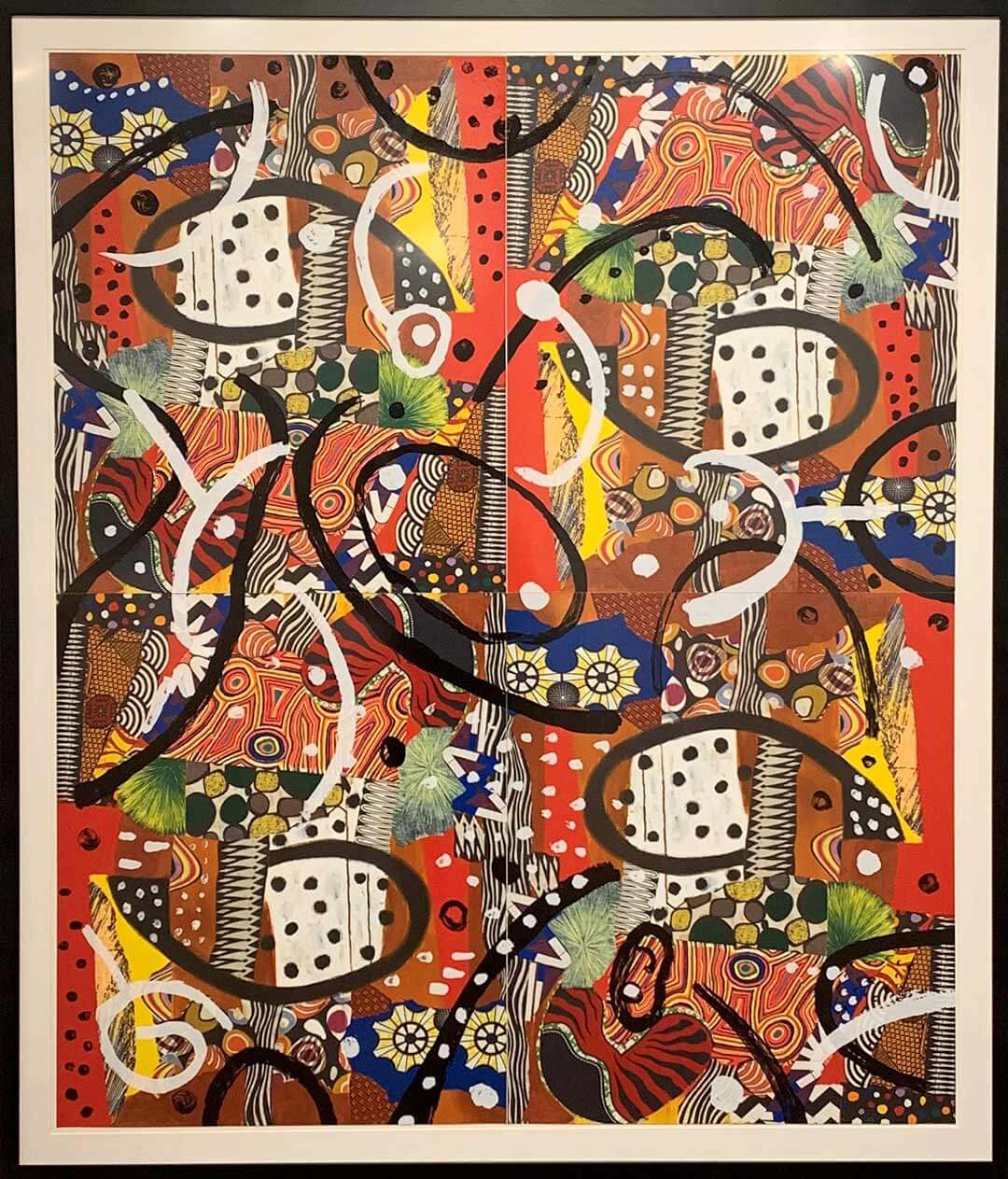- September 19, 2019
- By Sala Levin ’10
Collecting art may seem like a hobby that belongs only to elite families like the fictional (and mega-rich) Roys on HBO’s “Succession.” But a new exhibit opening tomorrow at the David C. Driskell Center hopes to prove that amassing art isn’t just for family dynasties.
Chosen from the holdings of 15 art collectors, the 64 pieces in “[Un]Common Collections” “show that people can approach collecting in many different ways—there’s not only one way to do it,” said Dorit Yaron, deputy director of the David Driskell Center for the Study of Visual Arts and Culture of African Americans and the African Diaspora. She curated the exhibit with Professor Curlee Raven Holton, center director.
Collectors were asked to submit eight pieces for review, presenting those that best represent their collecting approaches, as well as interests in medium, subject matter and style. From figurative to abstract, from religion to the civil rights movement, the works on display span 1869–2018 and show the range of African American artists.
Yaron hopes that the exhibit will de-mystify the practice of art collecting. “You can start collecting at different stages in your life—you don’t have to have a huge house,” she said. “It’s really about training your eyes, ears and head and making collecting a part of your life.”
The exhibit, which runs through Nov. 22, includes the following artworks:

Edward Mitchell Bannister (1828–1901), “Untitled (Landscape with Cows),” watercolor, undated (from the collection of David C. Driskell)
Bannister was the first African American artist of national stature, winning the first-prize bronze medal for his painting “Under the Oaks” at the 1876 Philadelphia Centennial Exposition. He was known for a style called tonalism, in which artists “began to paint landscape forms with an overall tone of colored atmosphere or mist,” said Yaron. “He executed a large number of landscapes, most of which depict quiet, bucolic scenes rendered in somber tones.”

David C. Driskell, “The Crucifixion,” oil on cotton canvas, 1964 (from the collection of Larry and Brenda Thompson
Yaron called Driskell’s painting “one of the strongest pieces in the show.” Melding religious imagery with a political message, the work is a tribute to Emmett Till, the teenager lynched in 1955 after being accused of flirting with a white woman.

Kevin Cole, “Embracing Wisdom,” mixed media, 2011 (from the collection of Larry and Brenda Thompson)
Cole “works in a very unique way with wood,” said Yaron, soaking the material until it is pliable and using the shape of a necktie throughout his work—inspired by a story his grandfather told of black men lynched by their neckties in Atlanta on their way to vote. Cole also “uses many colors and references to African textures,” she said.

Danny Simmons, “Deeper Desire I–IV,” serigraph and digital c-print, 2018 (purchased through the David C. Driskell Center Acquisition Fund)
This exhibit marks the first time Simmons’ entire quadtych—a single work comprised of four separate pieces—has been presented together. The “colorful, abstract composition includes stripes, polka dots, chevron and various geometric patterns,” said Yaron. The curved, hand-painted black and white brushstrokes link the four separate prints.
Topics
Arts & CultureTags
Visual Arts